Intel Announce Knight's Corner, 22nm, 50 Cores
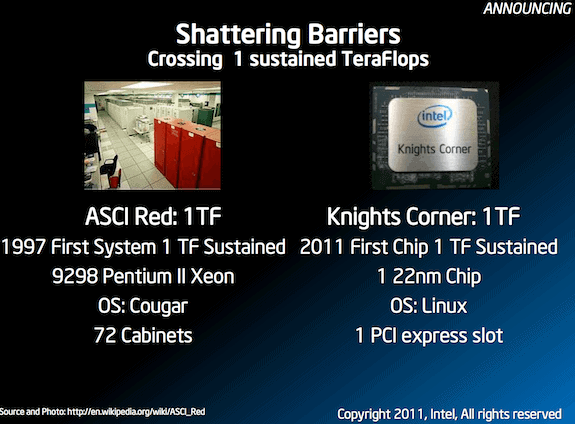
Fancy a processor with 1 teraflop of processing power in your PC? Intel have today unveiled their new Knight's Corner chip that uses a 22nm build process to pack a huge 50 cores onto the die. This new (MIC) Many Integrated Core chip isn't for playing Battlefield 3, frankly it would be wasted on that. Instead this chip will be used solely for special scientific and engineering research into subjects like weather modelling, protein folding and cancer research.
What it means though is a huge leap forward in processing power and this can have the benefits of enabling supercomputers to perform vastly more calculations per second than are currently available, or for far smaller supercomputers to be constructed that would not only be considerably cheaper than today's machines, but that would also consume much less electricity.
As and when this technology filters down towards the consumer level this will mean smaller and much more energy-efficient datacentres and rack servers that can support up to fifty virtualised environments simultaneously.
Obviously the huge memory required to support running this many VMs is not supported by modern server single-processor motherboards. Intel will be busy now designing a new generation of motherboards to harness the full power of Knight's Corner.
There's no word yet on how much a single Knight's Corner ship will cost and even who will be able to buy one. There's also no word on how reliable the new chip will be. It is after-all, state of the art technology and packing so many processing cores into a single die will have enormous side-effects and will require some serious cooling. Intel is obviously happy enough with their new monster though that they're happy to put it on sale.
Intel say the Knight's Corner chip is "fully accessible and programmable" and is "visible to applications as though it was a computers that runs its own Linux-based operating system, independent of the host OS."
The benefits of this new architecture are the ability to run existing applications without the need to port the code to a new programming environment, according to Tom's Hardware. This means that scientists will be able to use the chip with existing x86 and x64 applications and code which will save everything having to be rewritten for the new chip.
The next generation of processors for PCs will also be based on a 22nm manufacturing process that will make them faster and considerably more power-efficient. Every generation of processors now consume much less energy than the ones before them and a processor has even been demonstrated now that consumes less power when working flat out than a standard PC chip today does when in standby.
With such enormous jumps being made up to 50 cores already, only a few short years after the first dual core chips arrived, it's clear that it won't be very long before we see more cores appearing on the desktop and in mobile devices. Now the operating system manufacturers will need to start engineering their next generation products to leverage the power of these cores effectively to maximise the benefits they bring.
Advertisement




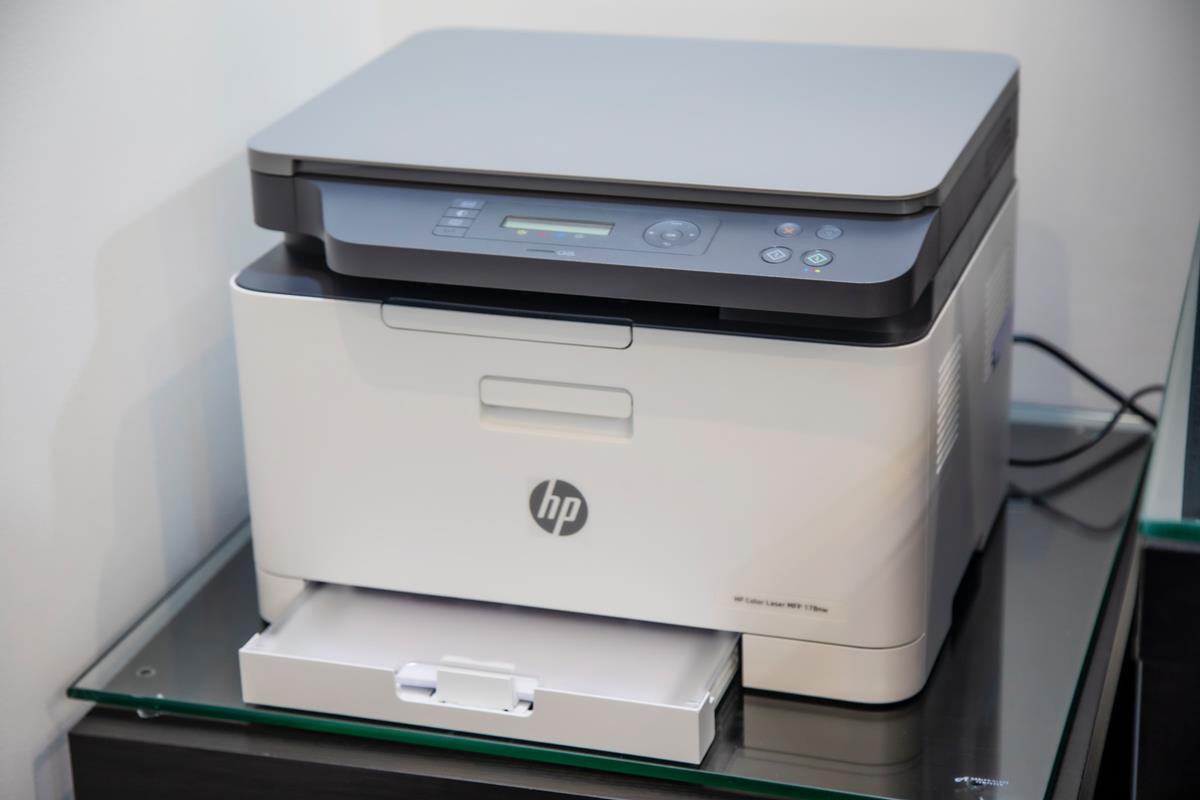
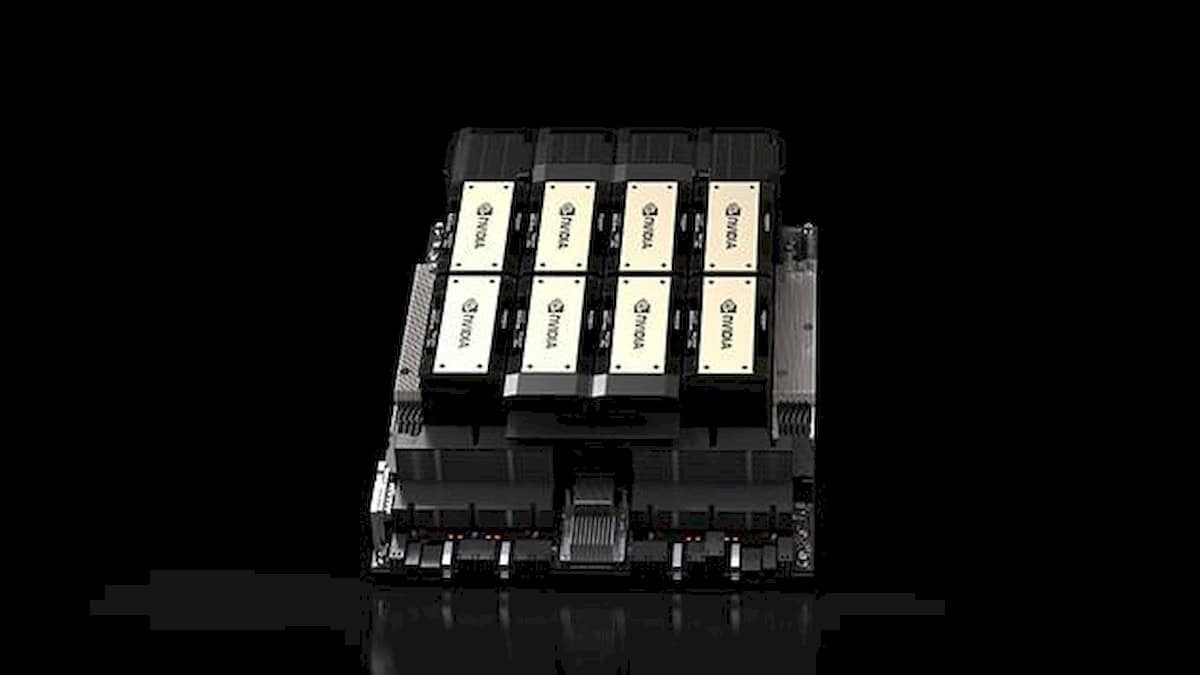
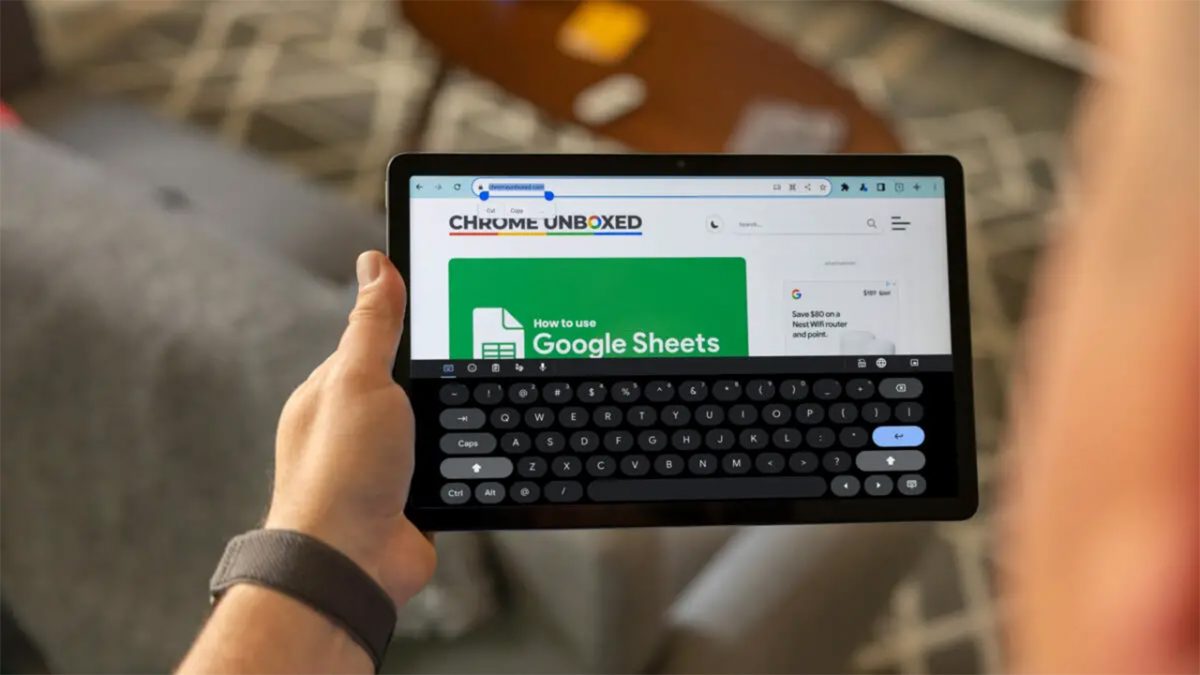
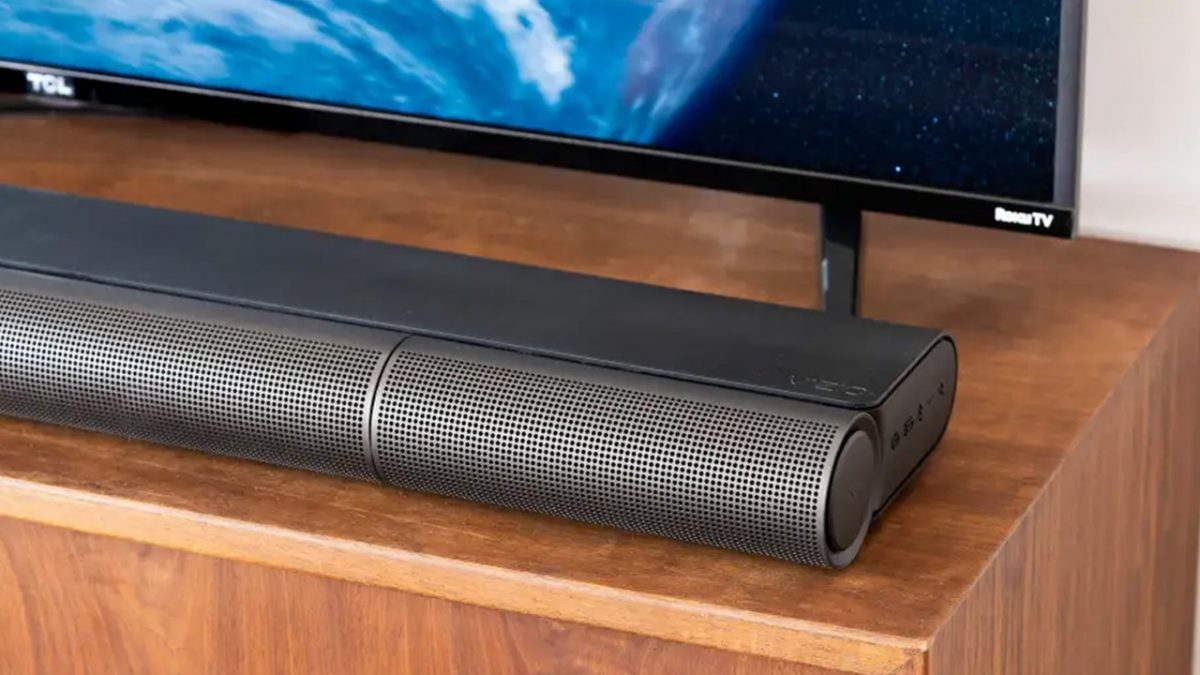
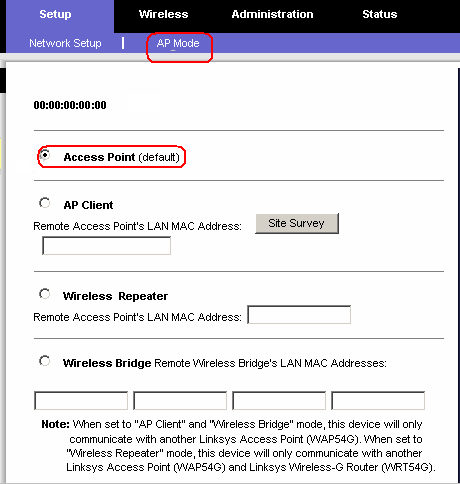
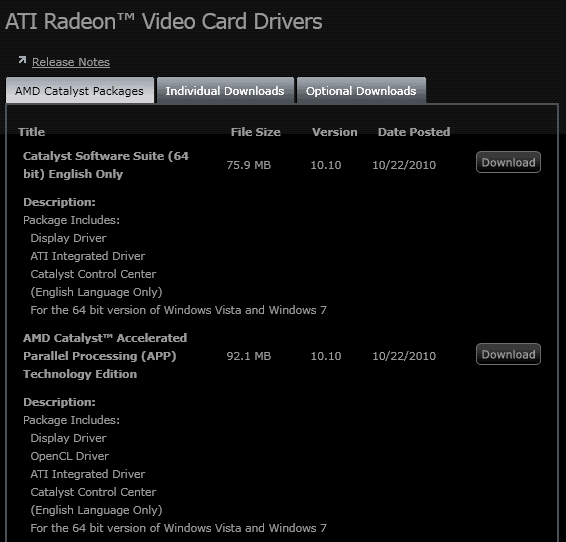











“Obviously the huge memory required to support this is also very supported and not supported by modern server motherboards.”
I don’t suppose you’d care to clarify that self-negating statement, would you?
@Morley hi fella, sorry I wasn’t clear. I referring to the memory needed to support up to 50 virtual machines on a board with a single processor. Hope this clarifies things :-)
Great point, that really needs clarification.
It might be overkill for Battlefield 3, but balancing the wife’s cheque book.might tax it to its limits! ;)
Do you know frequency od Knights Corner, power consumption etc?
Frequency is 1 to 1.2 GHz.